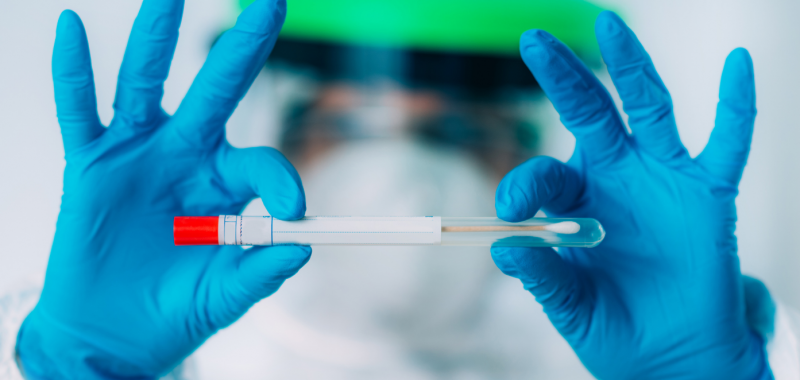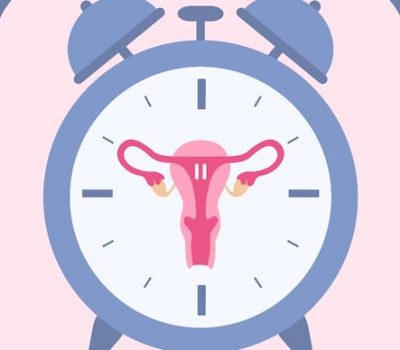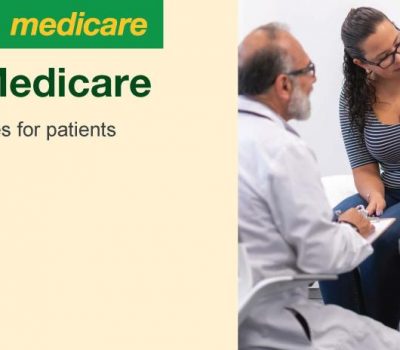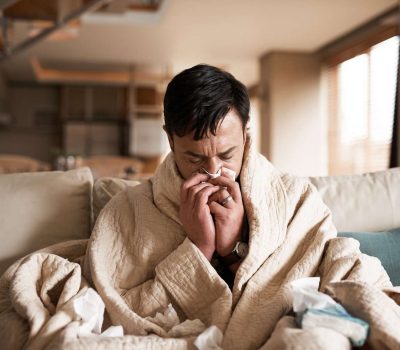By Dr Craig Hookham
A Rapid Antigen Test (RAT) measures active live viral load. It looks for viral proteins rather than the virus’s genetic material. These proteins are likely only to be detected by the RAT if the virus is living and not dead (the virus changes or loses shape when dead). The tests work by dragging a person’s sample across a special piece of paper that contains a ‘’fence’’ of antibodies designed to grab onto the covid-19 protein of the living virus. If enough proteins snag or get caught on the ‘fence’’, a visible line of colour will appear. Someone needs a relatively high viral load for a RAT to be positive for COVID-19. Therefore, if the RAT is negative, it doesn’t mean that you do not have COVID-19. It means that at the time you took the test you did not have enough virus living in your nasal passages to ‘snag the fence’ and cause the line to show a colour. Therefore, if you have symptoms that could suggest a COVID-19 infection, then you should continue to isolate and re-test until symptoms are gone. The alternative is that if you think you have COVID-19 and have a negative RAT then go and get a PCR test done.
A positive RAT with symptoms suggestive of COVID-19 means that you have COVID-19 and there is no need to get a PCR done “to confirm”. As explained above, if your RAT is positive, no matter how faint the line might be, it means you have a high viral load and have COVID-19.
What is a PCR?
This is a polymerase chain reaction test performed by a laboratory that detects viral genetic material (alive or dead). It can therefore pick up lower viral loads including dead viral material. It can be positive sooner than a RAT and stay positive longer than a RAT (as it also detects the dead virus being shed after being destroyed by the immune system).
What is the best time to do a PCR or a RAT once possible COVID-19 symptoms begin?
A PCR will detect COVID-19 earlier and is likely to be positive after Day 2 or more of symptoms.
A RAT detects viral load and therefore can take a few more days to show up positive. The average for a RAT to show up positive is Day 4 of symptoms. Therefore do not rush in and test on Day 1 of symptoms – as both tests might be false negatives. If you develop symptoms, then immediately isolate and either RAT daily until symptoms resolve or go and get a PCR test done. Once you have a positive test (RAT or PCR) then your 7 days of isolation begins as per the WA guidelines.
It is very important to note that a RAT is an excellent indicator of infectious status. It is detecting live virus and not dead virus that the immune system has already destroyed. So – if a RAT is showing a positive coloured line then there is enough live virus in your nasal passages and that could mean you are still potentially infectious.
Isolation Rules and Guidelines;
The government has decided on a 7 day quarantine due to our state’s high vaccination rates. However, it does not mean that at day 7 you are no longer infectious. It means that with no symptoms at day 7 you are unlikely to pass the virus on and is therefore considered relatively safe. If you have symptoms at Day 7, then you are clearly infectious and should continue to isolate until symptoms have resolved. It may take 10-14 days for symptoms to completely resolve for some people (or even longer!). Remember that quarantine was originally always 14 days prior to the recent changes. This is because 14 days is based on science. The World Health Organization continues to recommend 10 days of isolation or an extra 3 days after symptom resolution, whichever is the longest. This is guidance based on the science behind the virus. If you are going to be visiting someone at high risk (for example an elderly person), even after you have left isolation post COVID-19 infection, then it would be sensible (but not mandatory) to do a RAT. If the RAT is positive then you are possibly still infectious – so it would therefore be wise to wait until your RAT is showing negative. Most RATs are negative between 10-14 days post COVID-19 infection.
This is why at The Health Hub, in order to protect our vulnerable patients and staff, we have chosen to go with science. That is, you must be more than 14 days post COVID-19 infection to be seen face to face. Of course we continue to provide healthcare to everyone. Sometimes it has to be done a bit differently – like Telephone or Video. We will always see you and help you in an emergency situation.
We are here to help you through the COVID-19 pandemic. We have support mechanisms in place to help. If you have COVID-19 and would like medical advice or support, then please email covidpositive@healthhubeatonfair.com and someone will be in contact with you as soon as possible (during business hours).






